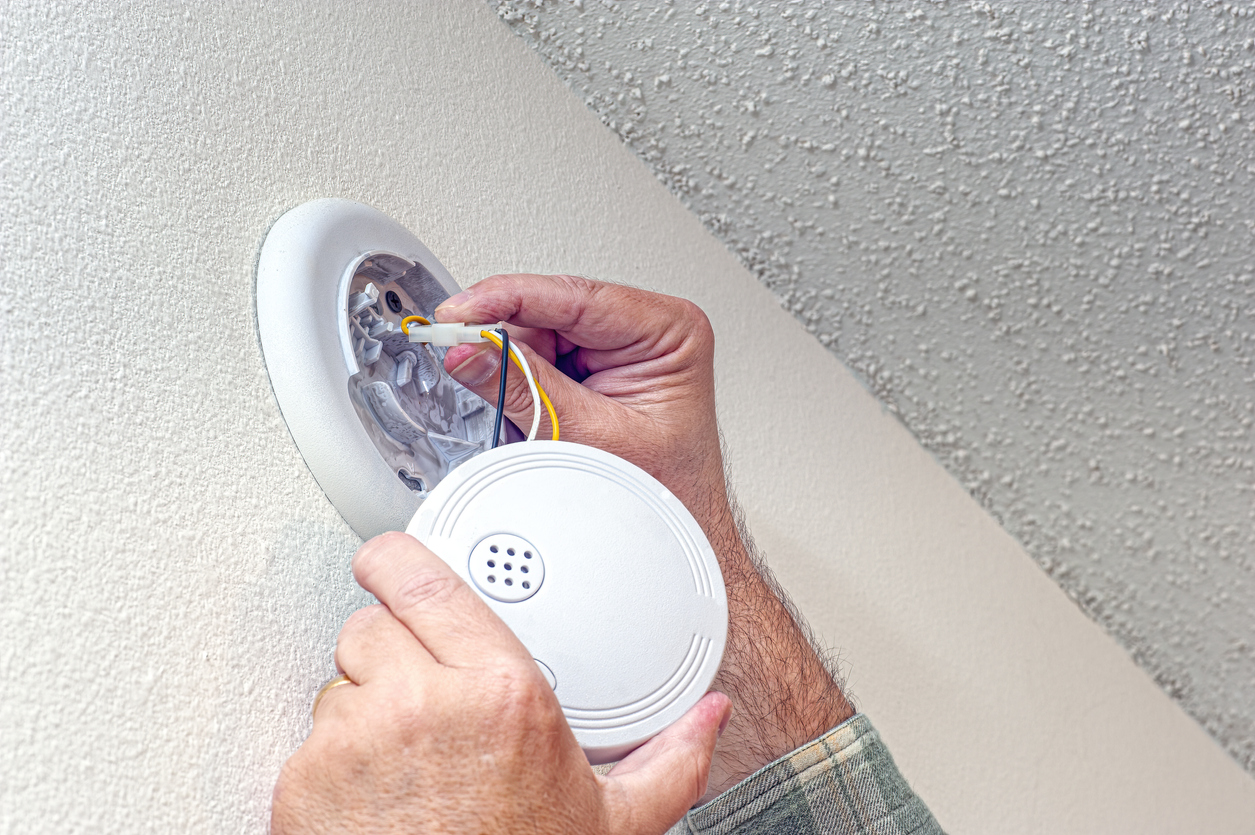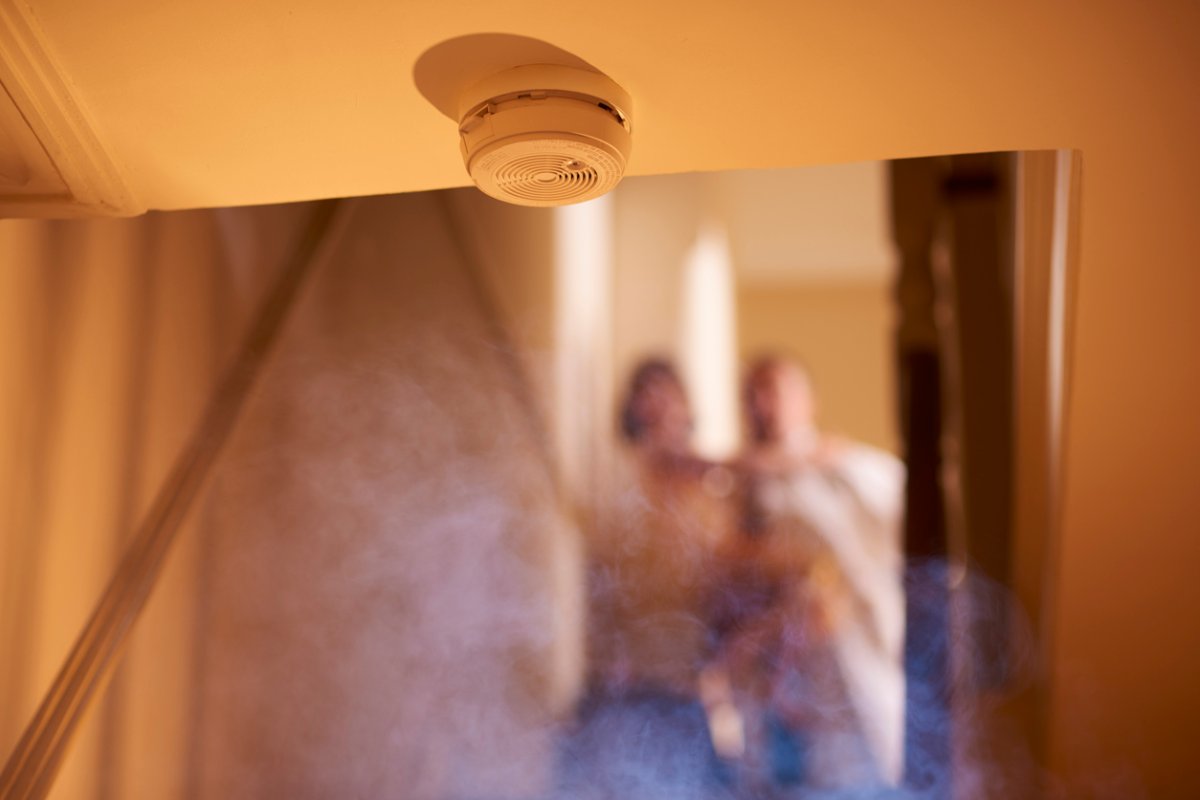We may earn revenue from the products available on this page and participate in affiliate programs. Learn More ›
We’ve all heard that we should change the batteries in our smoke detectors every time we change our clocks with daylight savings, or that we should replace newer models with lithium-ion batteries a minimum of every 10 years. However, there is one significant change coming to smoke alarm standards that might make you decide that you want to upgrade your existing models even sooner than you had previously planned.
Underwriters Laboratories (UL), a company in charge of safety certifications, recently released updated smoke alarm standards. The UL 217 8th Edition is set to take effect on June 30, 2024, meaning all UL Certified detectors must meet these new criteria on that date. Some manufacturers are ahead of the game and have already released models that adhere to the new standards. Ahead, we’ll take a closer look at what the new safety standards call for, how new smoke alarms and smart smoke detectors will differ from current models, and some of the products you can purchase right away.
RELATED: Why Is My Smoke Detector Beeping?
Important Changes to Smoke Alarm Standards
While there are numerous technical changes to stay up-to-date with technology, the two most significant updates to the standards are:
- New smoke alarms must pass two polyurethane foam fire tests for both flaming and smoldering fires.
- Smoke detectors must also be able to distinguish between harmful smoke and that which results from cooking meals.
Why These Changes are Necessary
UL Solutions introduced these updated safety standards for smoke detectors for a few key reasons.
One of the main driving forces was the discovery that the amount of time individuals have to escape their home in the event of a fire has significantly decreased from what it used to be. Just a few decades ago, residents had about 17 minutes to get out of their house during a fire. Today, that time has dropped to just 3 minutes. This decrease can be attributed to the increased use of synthetic materials—which burn hotter and faster than their natural counterparts—and the increased popularity of open floor plans and high ceilings. This drove UL Solutions to require companies to improve the ability of their alarms to better detect these fires.
The updated standards also specify that new detectors must be able to distinguish between cooking smoke produced by standard practices in the home and that from a fire. Many people get frustrated by “nuisance” alarms that are set off from smoke or steam from cooking in the kitchen. This can lead them to disable their smoke detectors, putting them at increased risk if there ever is a real fire. With the new standards minimizing nuisance alarms, the hope is that fewer consumers will disable their alarms.

RELATED: How to Install a Smoke Detector
Smoke Alarms That Meet These New Standards
While there are still a few more months until the UL 217 8th Edition smoke alarm standards are officially in place, some companies have already released compatible and newly certified models. These include First Alert and Universal Security Instruments.
- First Alert: First Alert Precision Detection alarms are designed to provide early warning in the event of a home fire emergency. The advanced sensing technology distinguishes between nuisance cooking alarms and a fire emergency.
- Universal Security Instruments: The Sensing Plus Smoke Alarms from Universal Security Instruments utilize multi-criteria detection to distinguish between different types of fires. They can detect both slow-smoldering fires along with those that have fast burning flames. Additionally, these alarms feature a microprocessor to prevent them from being set off by the steam and smoke that is released when cooking.
RELATED: 7 Things That Might Surprise You About Your Home’s Alarm System
Additional Smoke Alarm Safety Tips

Beyond purchasing new smoke detectors, it is essential to use them correctly. Below are a few recommendations from The National Fire Protection Agency (NFPA) to help minimize the chance of a house fire:
- Install one smoke alarm in each bedroom.
- Place smoke alarms outside every sleeping area.
- Ensure there is at least one smoke detector on each level of the home.
- Smoke alarms should be installed on the ceiling or high up on the wall (no further than 12 inches from the ceiling).
RELATED: Plan B: 10 Home Safety Devices That Don’t Run on Electricity Alone


